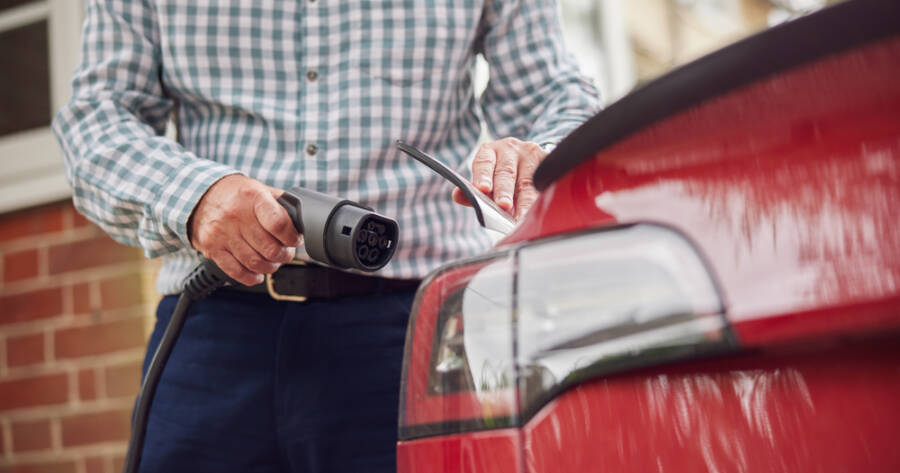Choosing a more eco-friendly car is now easier than ever, with both hybrid and electric vehicles widely available. While both options reduce fuel use and emissions, they work differently and suit different lifestyles. Understanding how each type functions can help you decide which one fits your daily needs, driving habits, and comfort level with new technology.
Understanding the Basics: How They Work
Hybrid vehicles use a combination of a gasoline engine and an electric motor. The two power sources work together to reduce fuel use and emissions. Some hybrids can drive short distances on electric power alone, but most switch between the two systems automatically. Drivers don’t need to charge hybrids, as the battery charges while you drive.
Electric vehicles (EVs), on the other hand, run entirely on electricity. They have no gasoline engine, no tailpipe, and no oil changes. Drivers plug them into a charger, either at home or at public stations. Since EVs don’t use gas at all, they produce zero emissions while driving and can offer lower fuel costs over time.
Range and Charging: What to Expect
One major difference between hybrids and EVs is driving range. Hybrids offer long range because they still use gas. You can fill up at any gas station and keep driving without worrying about battery levels. This makes hybrids a good choice for people who often drive long distances or travel in areas with few charging stations.
EVs depend on their battery range. Most new EVs can go between 200 and 300 miles on a full charge, though some go farther. That’s more than enough for daily commutes or short trips. However, if you often drive across rural areas or don’t have access to charging at home, you’ll need to plan ahead.
Charging time also matters. Hybrids don’t need to be plugged in, so you never wait to refuel. EVs can take 30 minutes to several hours to charge, depending on the charger type. Fast chargers at public stations are helpful, but not always available. Home charging is the most convenient option if you have a garage or driveway.
Maintenance and Long-Term Use
One benefit of EVs is that they have fewer moving parts than gas or hybrid vehicles. That means fewer things can break. There’s no need for oil changes, spark plug replacements, or exhaust system repairs. EVs still need regular tire checks, brake service, and battery care, but overall, they’re simpler to maintain.
Hybrids have both a gas engine and an electric system, so maintenance needs can be higher than with EVs. Still, they tend to last a long time when cared for properly. Many hybrids are known for reliability and require less gas over the car’s lifetime. However, when repairs are needed, they can be more complex than regular gas cars.
Both vehicle types benefit from strong warranties, including coverage on battery systems. Most automakers offer 8-year or 100,000-mile warranties on hybrid and electric batteries. Batteries do lose power over time, but this usually happens gradually and doesn’t make the car unusable.
When thinking about long-term care:
- EVs need less maintenance but rely on battery health and software updates.
- Hybrids may need more service but offer flexibility with gas and electric power.
Which One Fits Your Lifestyle?
If you have a short commute, access to home charging, and want a cleaner, quieter drive, an EV might be perfect for you. It’s also a good fit if you rarely take long road trips and live in an area with public charging stations. EVs are especially helpful in cities with stop-and-go traffic, where they use very little energy at low speeds.
A hybrid may be a better choice if you take long drives often or don’t want to rely on charging. It’s also a smart option for people who live in apartments or places without charging access. Hybrids give you better fuel economy than gas cars, without changing your daily habits too much.
Make the Right Move for Your Needs
Both hybrid and electric vehicles offer smart, cleaner options for today’s drivers. The right choice depends on how and where you drive. By thinking about your driving range, access to charging, and comfort with new tech, you can choose a vehicle that fits your life and saves money over time.
Talk to a local dealer, test drive both types, and ask about local incentives or rebates. Taking time to compare your options can help you make a confident, informed decision that works for your lifestyle—today and in the years to come.

